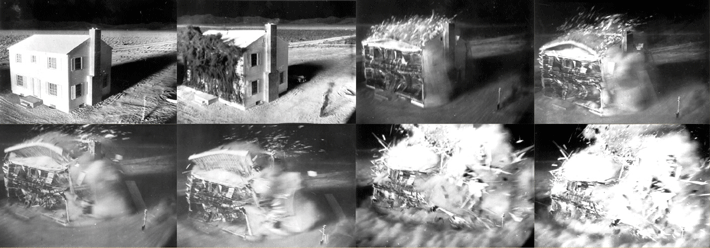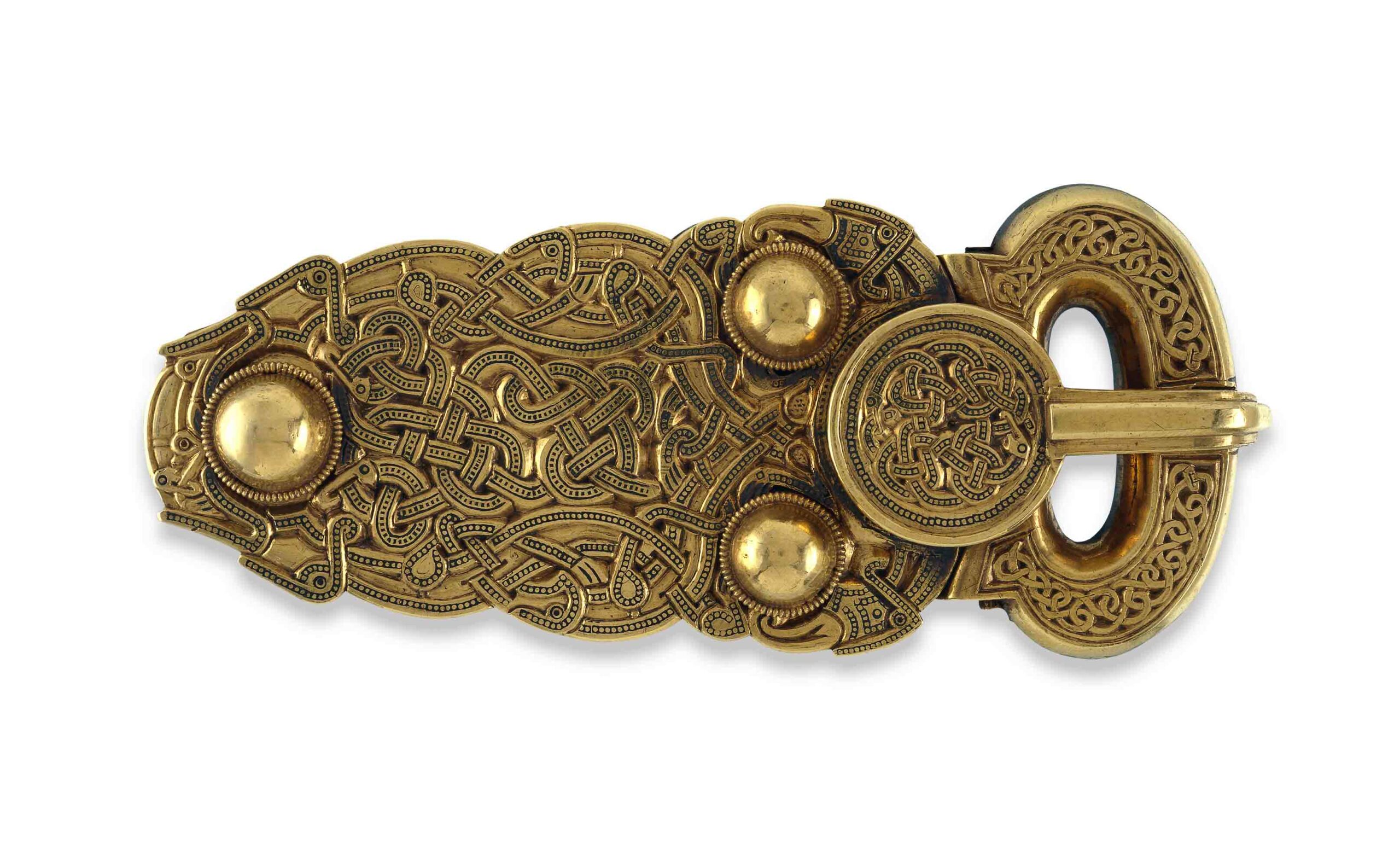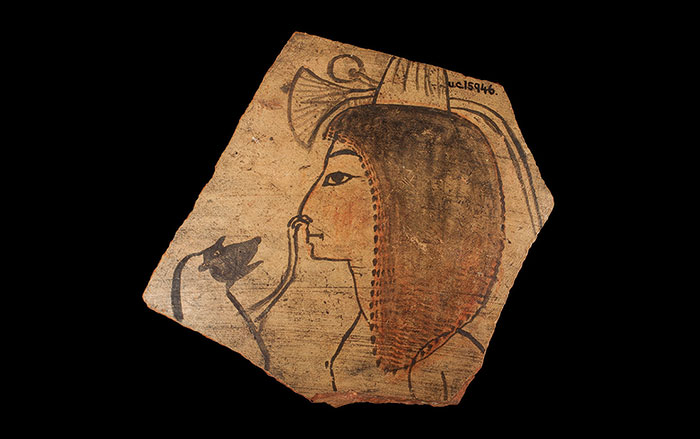
On March 17, 1953, CBS News anchor Walter Cronkite reported live from News Nob, a knoll 10 miles from Yucca Flat in the Nevada Test Site. He and dozens more were broadcasting and reporting on Annie, a 16-kiloton shot in Operation Upshot-Knothole. The Annie test included structures familiar to any American: 50 cars and two two-story suburban homes, complete except for utilities and interior finishes, and filled with furniture, household items—and fully-dressed mannequins. In a famous series of images published widely following the test, the house closest to the blast, 3,500 feet away, was destroyed. The other, at 7,500 feet, was damaged but survived.

This mock neighborhood was called “Doom Town,” and there are no surviving remains from it today. Portions of a second mock town, called “Survival Town,” which was subjected to the Apple-2 test from Operation Teapot in May 1955, still stand in the middle of an empty expanse of Yucca Flat. There are three bungalows and a pair of two-story houses. They are all that remain of Survival Town, which, when it was built, was equipped with utilities, industrial buildings, a radio station, and a propane tank farm. Cars and fire engines were once parked on the streets. The houses were furnished, their pantries stocked, and they were populated by 70 clothed mannequins. Following the explosion, the town lost power but not gas or telephone service. Its imaginary residents didn’t fare so well. “Dummies lay dead and dying in basements, living rooms, kitchens, bedrooms,” a newspaper reported. “A mannequin tot…was blown out of bed and showered with needle-sharp glass fragments.”

In the two standing houses of Survival Town, which Colleen Beck and her team at the Desert Research Institute have examined and documented, the mannequins and most of the furniture are gone. A table and some shelving provide a hint of what these houses once looked like—and why they fascinated the public so. The mannequins, it is rumored, were displayed at Nevada J.C. Penney stores. “There’s a J.C. Penney page—it must be from this test—that shows mannequins before and after,” Beck says. “You have this ‘before’ picture of the dressed mannequin, and afterwards sometimes an arm’s gone, or whatever. But the J.C. Penney clothes survive fine.”











